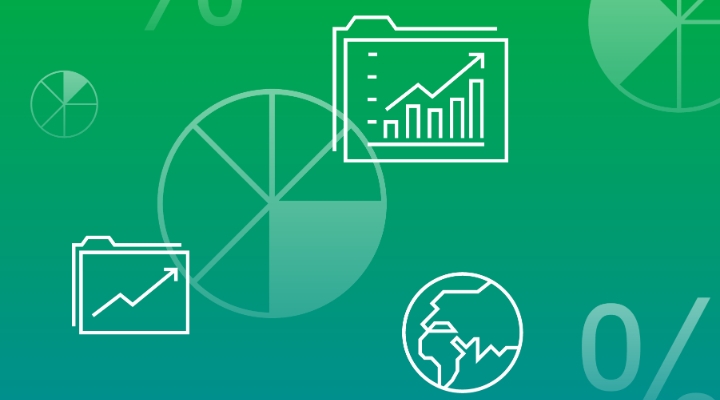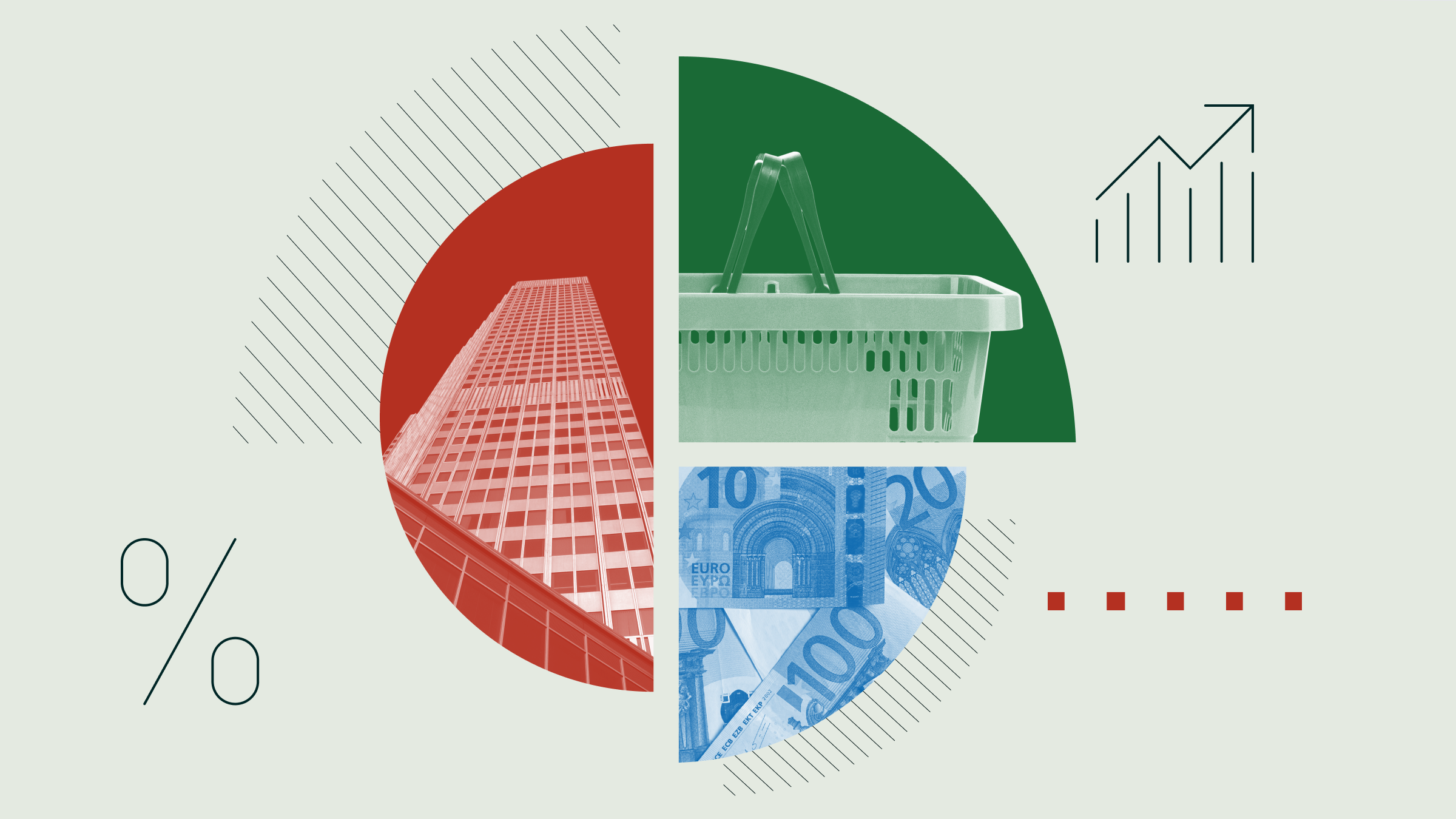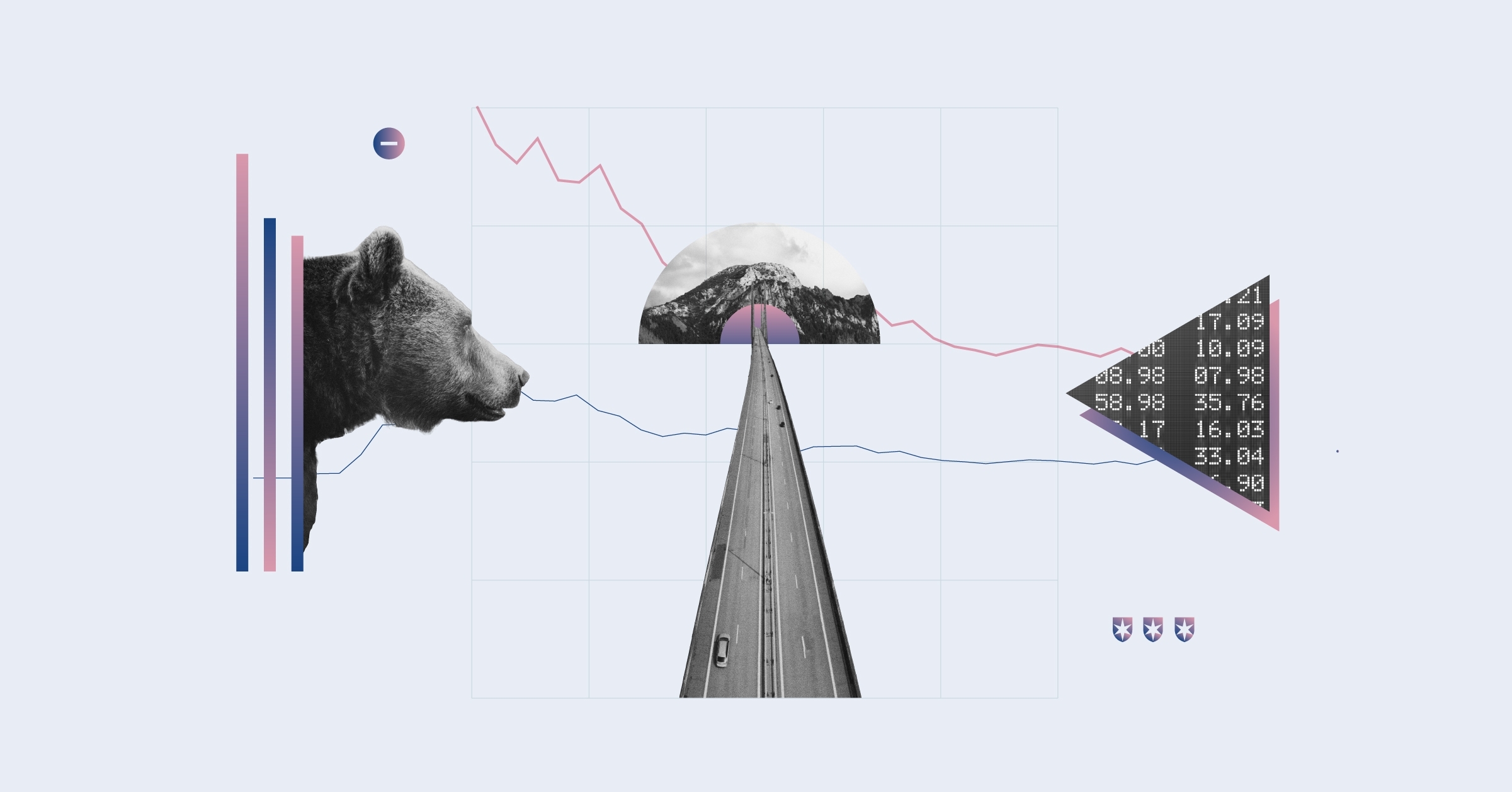
Since we introduced the Morningstar Sustainability Rating™ in 2016, we have been continually improving its methodology and have expanded its scope to cover more than 50,000 funds worldwide.
As a part of this ongoing process, we plan to update our Sustainability Rating on Oct. 31. The goal is to provide investors with a greater understanding of how the companies in their portfolios are managing their financially material environmental, social, and governance (ESG) risks relative to their peers. This rating is built to enable advisors and investors to directly compare companies across industries and a refined design aims to make it easier to use as they make investment decisions.
Below, see what the rating’s changes mean for investors and how they take shape.
A focus on relevant material risk
The enhancement is based on Sustainalytics’ new ESG Risk Rating, which uses the same scale across all economic sectors to measure a company’s material ESG risks. This ESG-risk approach acknowledges that companies in different industries are exposed to different kinds of risk. These industries could face material risks such as:
- Oil and gas companies see more than half of their ESG risk come from carbon emissions. Other significant challenges in these industries include corporate governance, particularly bribery and corruption, and human capital.
- Software companies face more substantial challenges from issues of data privacy and security, as well as corporate governance and human capital risk.
By applying this approach at the fund level, the refined Sustainability Rating is designed to assess how much financially material ESG risk is embedded in investors’ portfolios, across all industries represented in the holdings.
A focus on comparability
Critically, this change helps enable investors to make meaningful comparisons across industries. Take, for example, behemoth firms Microsoft (MSFT) and Royal Dutch Shell (RDSA). Both companies land at or near the highest-ranking decile of their respective industries when it comes to their overall sustainability score. However, the new Sustainalytics ESG risk scores for the firms differ dramatically (with Microsoft notching a lower risk exposure 14.1 to Shell’s higher risk 33.7), reflecting the realities of their varying business models and differing exposure to environmental and governance risk.
At the portfolio level, this helps investors to understand and compare the impact of their portfolios’ industry ESG risk, acknowledging that some industries simply have more ESG risk than others. Ultimately, this approach is built to be more useful for those investors who want to better understand and manage total ESG risk in their investments.
A focus on simplicity and transparency
An additional feature of this rating’s approach lies in its simplicity, as it offers a simplified asset-weighted average score for portfolios.
Because the previous Sustainalytics ESG Rating was industry-relative, we had to normalize the scores to make them meaningful at the portfolio level. Even then, normalization only made it possible to say, for example, whether two holdings were ESG leaders or laggards within their respective industries, and the ESG risk levels could not be directly compared. This new approach allows investors to drill into security-level holdings to understand exactly how a rating is derived.
Like their predecessor, the updated Sustainability Ratings are peer-group relative, so investors can consider options to tilt their portfolio toward a lower ESG risk. The approach acknowledges that some fund peer groups will simply invest in areas that have lower or higher ESG risk. Therefore, funds that hold more ESG risk will not receive higher Sustainability Ratings (4 or 5 globes) regardless of how well they may rank within their peer groups. Similarly, funds with low ESG risk scores will not receive lower Sustainability Ratings. This is consistent with the purpose of the rating, which is to help investors identify ESG risk in their portfolios.
At Morningstar, we are always reviewing, evaluating, and evolving our ratings systems. This change aligns our ratings with Sustainalytics’ newest research. Our new methodology is simple, transparent, and delivers globe ratings for more than 50,000 funds across the world—a broader range than any other provider in the market. It is created to present a meaningful assessment of the financially material ESG risk at the portfolio level. We believe this approach is more useful for advisors and investors who seek to make investment decisions that position their portfolios for their investment goals.
To learn more about the changes to our Sustainability Rating, read our FAQ or download our proposed methodology.






:quality(80)/cloudfront-us-east-1.images.arcpublishing.com/morningstar/6BCTH5O2DVGYHBA4UDPCFNXA7M.png)
:quality(80)/cloudfront-us-east-1.images.arcpublishing.com/morningstar/Q7DQFQYMEZD7HIR6KC5R42XEDI.png)













